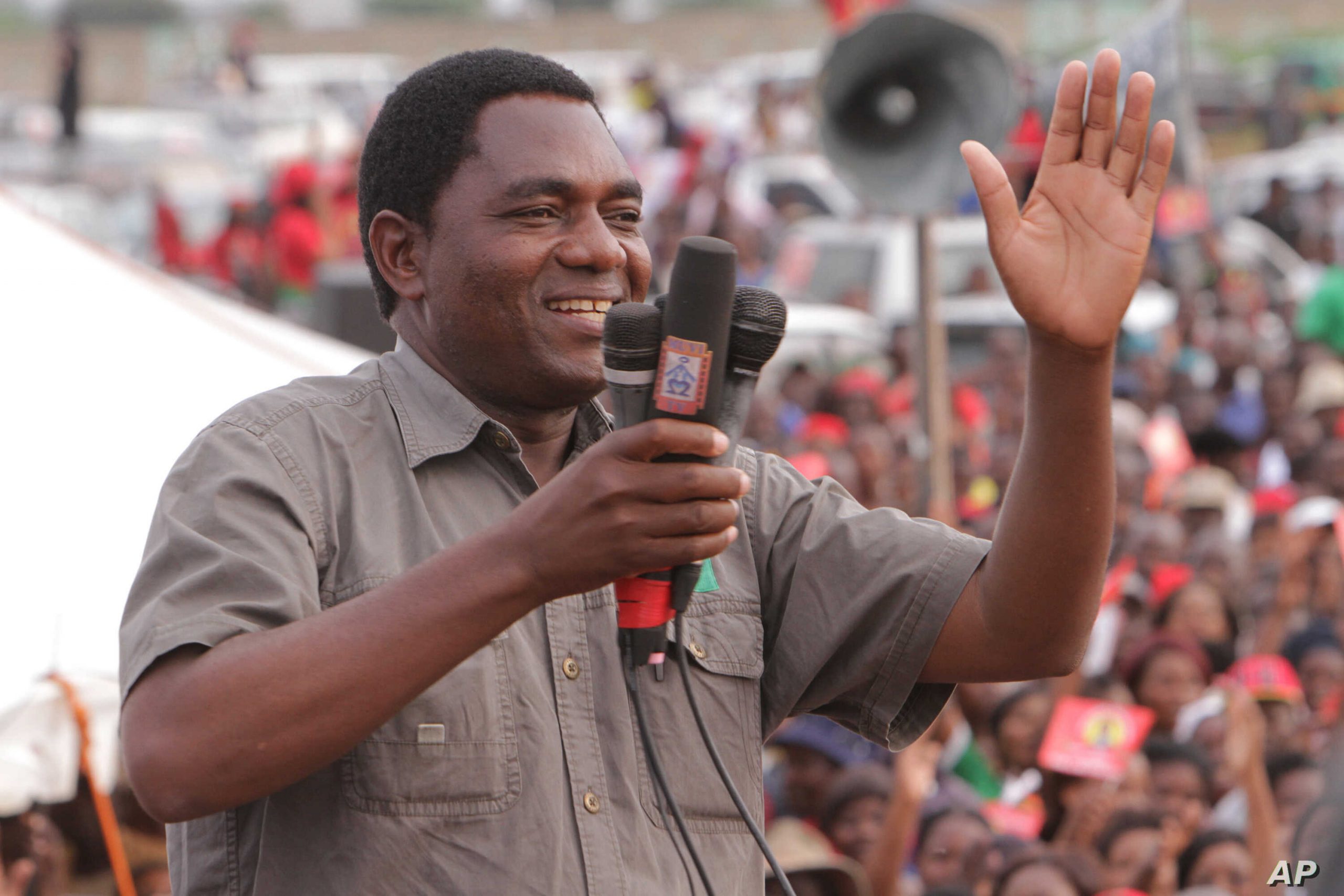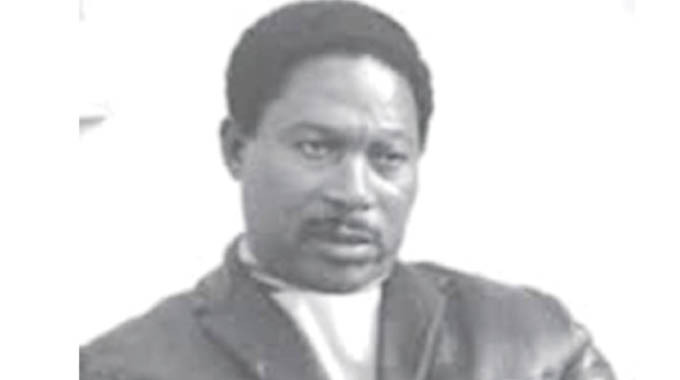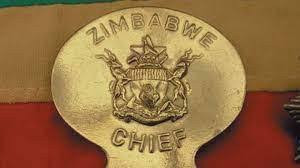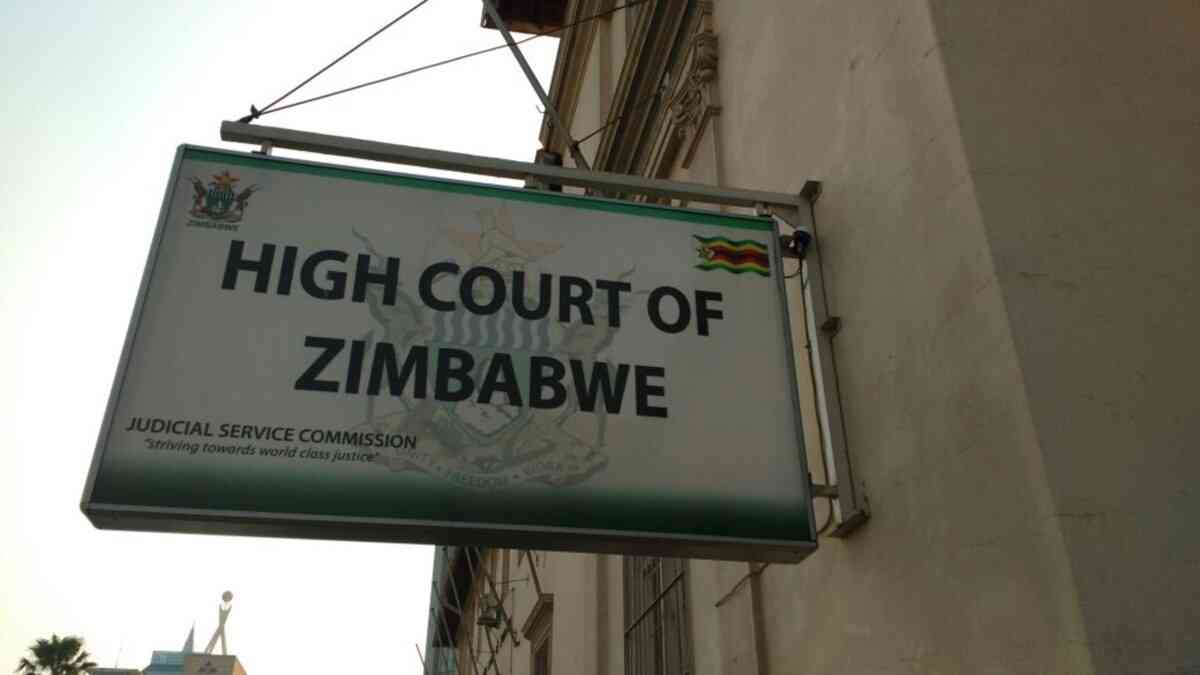
[ad_1]
By Gilbert Noël Ouédraogo
THE victory of President Hakainde Hichilema and the United Party for National Development (UPND) in Zambia is a hopeful sign of a new era in coalition politics.
It is testament to the Zambian spirit that the alliance and its supporters have continued to create better partnerships. Yet the inauguration of Hichilema also presents an opportunity to reflect on Zambia’s history of party schisms and coalitions and how this time it can be different for the country and its hopeful citizens.
Zambia became a republic upon attaining independence in 1964. But by 1972, the republic had devolved into a one-party State, and it remained so until 1991.
Since the introduction of multiparty elections in 1991, the Movement for Multiparty Democracy (MMD) and its breakaway, the Patriotic Front (PF), have governed the country.
After the MMD’s victory in 1991, President Frederick Chiluba ruled the country. But when he attempted to run for a third term, Anderson Mazoka broke away from the MMD to form the UPND.
Chiluba would eventually stand down at the end of his second-term when he failed to garner enough support for a constitutional amendment to allow him a third term. Levy Mwanawasa was chosen as the MMD’s presidential candidate, and he won the 2001 general election.
- Chamisa under fire over US$120K donation
- Mavhunga puts DeMbare into Chibuku quarterfinals
- Pension funds bet on Cabora Bassa oilfields
- Councils defy govt fire tender directive
Keep Reading
Split in UNIP
Before the 2006 elections, Zambian opposition parties realised that fragmentation and vote splitting limited their chances of winning elections. The UPND, as the main opposition, therefore, formed the United Democratic Alliance with the Forum for Democracy and Development (FDD) and the United National Independence Party (UNIP).
But the death of Mazoka in May 2006 unravelled the alliance. Mazoka had been the UDA’s presidential candidate. After his death, the alliance leaders vied to succeed him as the alliance’s presidential candidate. This led to a split in the UPND and the formation of the United Liberal Party (ULP). The weakened alliance lost the election convincingly, finishing third after the MDD’s breakaway Patriotic Front (PF).
Clearly, the UDA infighting undermined voters’ confidence in the alliance. The 2006 victor, MMD president Levy Mwanawasa, died in 2008, leading to another election which the MMD’s Rupiah Banda went on to win.
In June 2010, Hichilema and the PF’s Michael Sata led their parties into a coalition known as the UPND/PF Pact to unseat the MMD.
Despite the great hope many had in the pact, the alliance eventually succumbed to mistrust and division.
The PF would go on to defeat the MMD in the 2011 election. Sata, who had served as a minister in the MMD government before forming the PF in 2001, was elected President. The breakdown of the UPND/PF Pact and the earlier UDA demonstrate the difficulty of holding coalitions together.
Not only are there interpersonal dynamics to manage, but there are also policy clashes and power dynamics to balance.
For many African countries, the route to competitive democratic elections will run through this treacherous terrain of coalition politics.
This is why party leaders need well-formulated strategies for negotiating coalitions and well-structured systems for managing them.
Long journey
In July 2021, the Africa Liberal Network launched a new coalition handbook Initiating, Monitoring and Managing Coalitions: an African liberal perspective. It was created to help liberal parties in Africa and around the world to navigate the epic task of building sustainable coalitions.
The launch was a timely one, given the Zambian election in which the UPND alliance would be competing.
The Africa Liberal Network has walked the long road to victory with its long-standing member Hichilema and the UPND. The journey has not been easy.
When Sata died in office in 2014, Vice-President Guy Scott became acting President until the election in 2015.
The PF’s Edgar Lungu won that election and served one term before the historic 2021 election ended the MMD and PF’s stranglehold on the presidency. The UPND had contested and lost every election for two decades.
The recent win is testament to its commitment and tenacity in a difficult political environment and decades of grassroots work.
Hard lessons
Armed with hard-won lessons from the coalitions of the past, Hichilema’s UPND will once again have to navigate coalition politics, this time in government.
He will have to find ways to bring his coalition partners with him as he implements his election promises. While the UPND is the leader of the alliance, it will have to create room for its allies’ contributions to hold the alliance together, avoiding the pitfalls of the past.
The Africa Liberal Network hopes that its new handbook will help both the UPND and other liberal parties as they advance the cause of liberal democracy in Africa.
Zambia’s victory is in many ways not its own, but a victory for hopeful liberals around the world. Zambia is now a beacon of hope. Learning from their path to victory, we hope to see Zambia and Africa attain the goals of equality, freedom, and prosperity for all people everywhere in the coming years.
[ad_2] Source link










